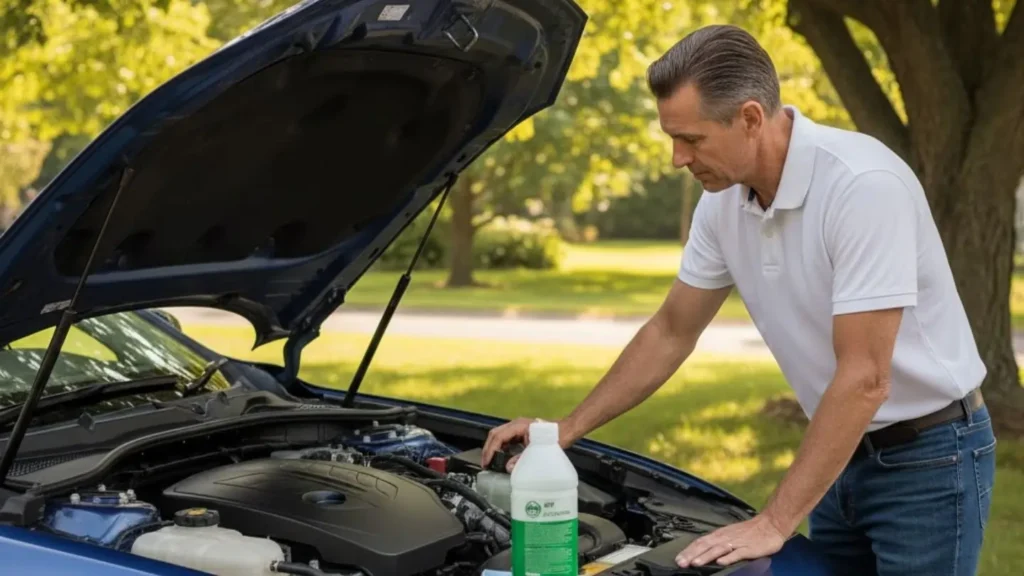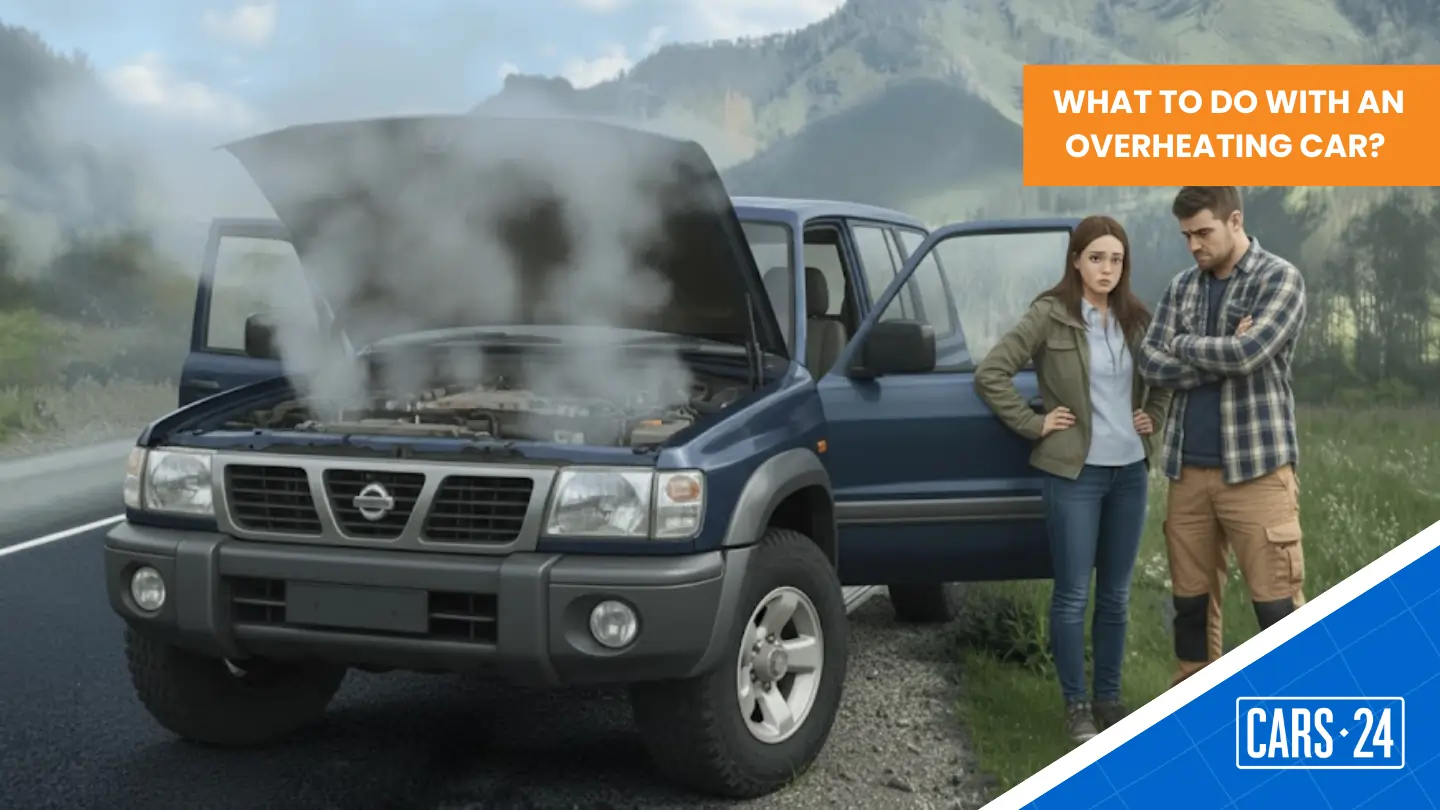You’re driving along, and suddenly you see it, the temperature gauge needle creeping into the red, or the wisps of smoke coming from the bonnet, or a warning light glowing on your dashboard. That sinking feeling is all too familiar for many drivers!
An overheating engine is a serious situation, but staying calm and knowing what to do can prevent a minor issue from becoming a massive repair bill. Let’s break down (not literally) what causes overheating, what you should do when it happens, and how you can prevent it in the first place. Let’s get started!
Why does your car overheat?

Your car’s engine operates at incredibly high temperatures, but that’s kind of what it is designed for. But problems start when it goes beyond the optimal range of operating temperatures. The cooling system, a network of components including the radiator, coolant, and water pump, works like a climate control system to manage this heat within the optimal range of operation. When this system fails or is overworked, the engine overheats!
Common culprits include:
- Low Coolant: This is the most common cause. Coolant (also called antifreeze) absorbs heat from the engine. If there’s not enough of it in the system, the heat has nowhere to go. If you’re running low despite regular servicing, you might want to check for a leak too.
- Cooling System Leaks: Hoses, the radiator, or the water pump can develop leaks, allowing coolant to escape. Luckily, this stuff is colourful so you can identify it more easily if there’s a pool of it under your car, or if it’s sprayed in your engine bay.
- Radiator Problems: Debris or internal damage can block the radiator and prevent it from dissipating heat effectively.
- Thermostat Failure: The thermostat regulates coolant flow by detecting how hot the engine’s running. If it gets stuck closed, or malfunctions, the coolant can’t circulate to cool the engine.
- Broken Water Pump: This is the heart of the engine cooling system, circulating the coolant. If it fails, circulation stops.
What can you do if your car starts to overheat?

If your temperature gauge starts creeping into the red zone or you feel engine performance dropping from a long drive on a hot day, here’s how to stay safe and minimise damage.
Pull over safely
As soon as you notice the temperature rising, find a safe spot to pull over — away from traffic if possible. Switch off the engine immediately. Driving even a short distance while overheating can cause severe engine damage.
Don’t open the bonnet right away

Your first instinct might be to pop the hood, but resist that urge. The engine compartment will be extremely hot, and opening it too soon can cause burns from escaping steam or coolant. Wait at least 15–20 minutes after pulling over before attempting to open the bonnet.
Let the engine cool
Once the car and the engine has cooled down, check whether the temperature gauge returns to normal. Avoid touching any metal parts or opening the radiator cap while it’s hot; pressurised coolant can suddenly erupt. In really bad situations, you can leave the engine running on idle if you’re worried it won’t start up again.
Check coolant levels

When it’s safe, inspect the coolant reservoir. If the level is low, top it up just enough to reach the next service centre. This can act as a temporary fix for an overheating car, but it’s not a long-term solution. Always get the system checked as soon as possible
Look for leaks or blockages
Check beneath your car for any puddles of coolant or signs of leakage. Also, inspect the radiator for debris, such as leaves, plastic bags, or dirt, that might be blocking airflow.
Call for help if needed

If the car continues to overheat after cooling or refilling, don’t try to drive further. Call roadside assistance or have your car towed to a nearby service centre. Continuing to drive could turn a small repair into a costly engine replacement.
How can you prevent your car from overheating?

The good news is that most overheating issues can be avoided with regular maintenance and a bit of attention.
- Check coolant regularly: Top it up as recommended in your car’s manual.
- Inspect hoses and belts: Cracked or loose hoses can lead to coolant leaks.
- Keep an eye on the radiator: Make sure it’s clean and free of obstructions.
- Service your car on time: Routine servicing ensures the thermostat, water pump, and cooling fan are in good shape.
- Park smart: Whenever possible, park in shaded areas during hot days to reduce initial engine heat
The bottom line
Overheating can happen to any car. It’s not always how to handle it, but it does play a considerable role. Being preventative can make a world of difference.
But if it happens, it happens. You should stay calm, pull over, let the car cool, and never open the radiator cap when the engine’s hot. With a few quick checks and regular maintenance, you’ll reduce the chances of finding yourself stranded on the roadside with a steaming bonnet, even through the hottest Australian summer.

Comments
New Comment